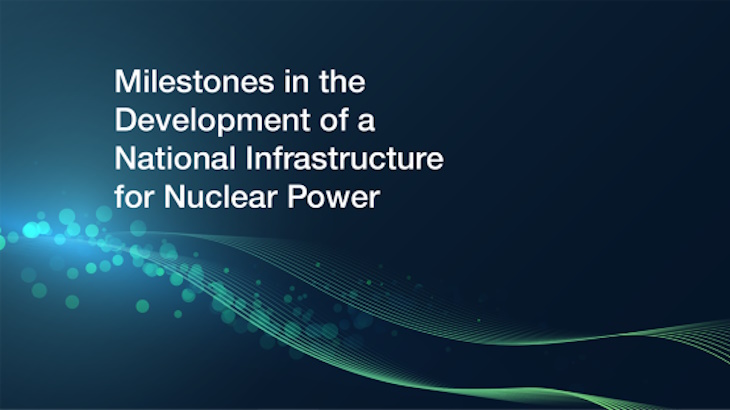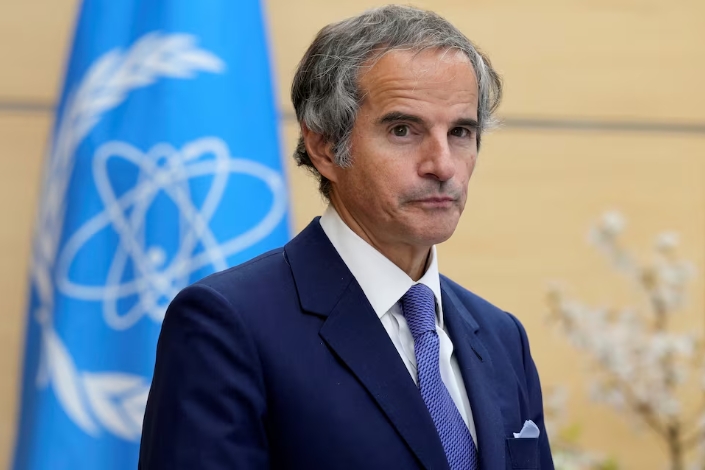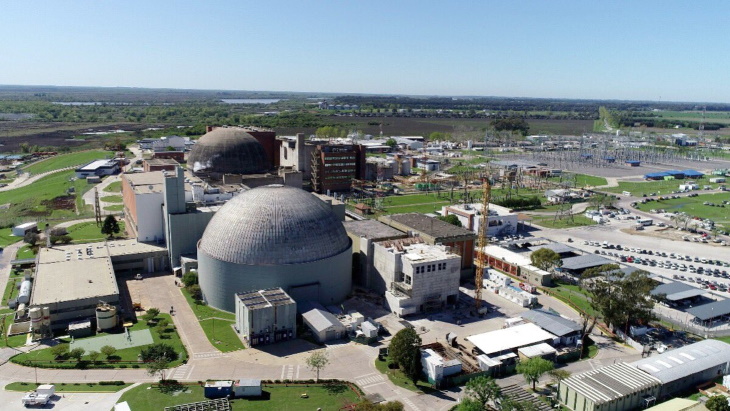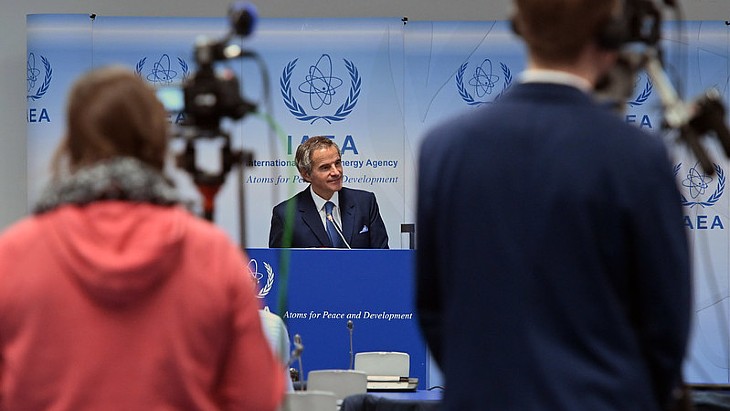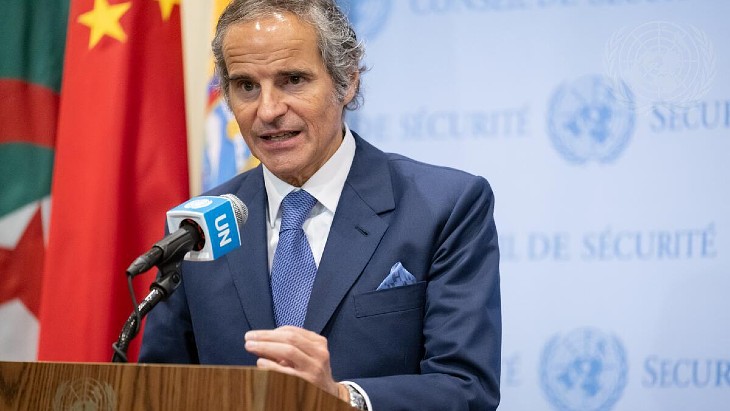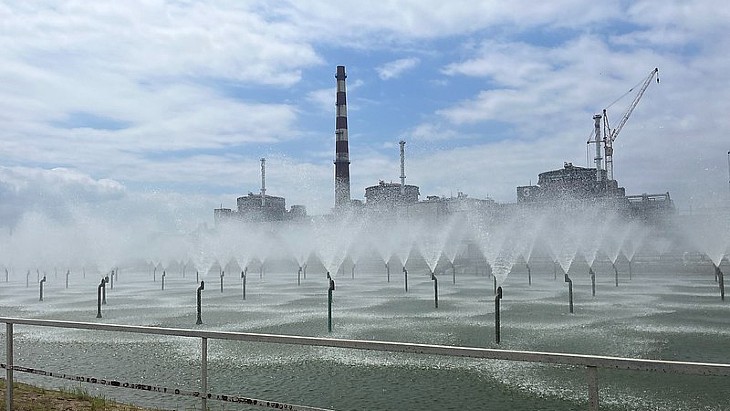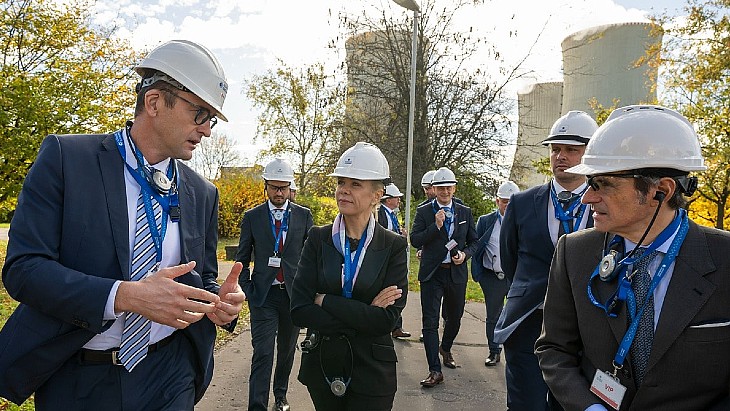Russian third-generation nuclear fuel RK-3 for VVER-440 reactors has completed a fifth irradiation cycle at unit 4 of the Kola NPP in the Murmansk Region, Rosatom’s Fuel Company TVEL said on 23 July. During the planned refuelling, a television inspection of the irradiated fuel was carried out using specialised equipment, which showed that after five irradiation cycles, all RK-3 assemblies retained their original geometry, and all fuel elements were hermetically sealed. “No damage or changes in the elements of the working cassettes were found,” says the document signed by the Kola NPP.
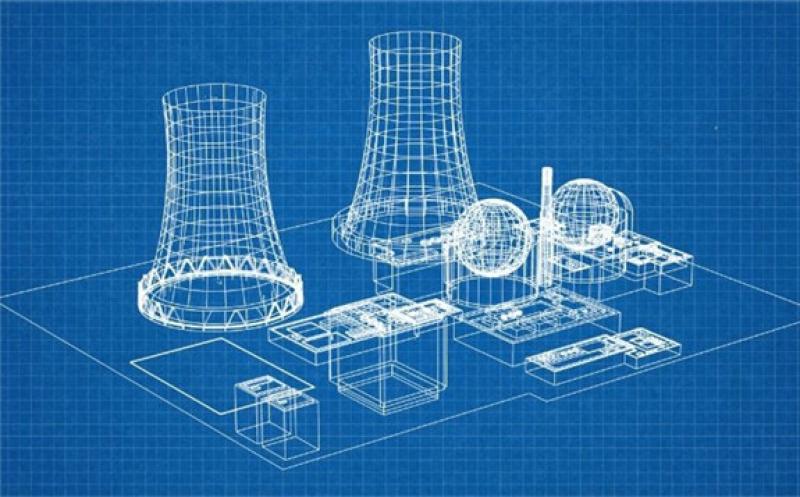
The difference between the working cartridge RK-3 and the previous generations of fuel for VVER-440 is an improved design, which made it possible to improve the efficiency of fuel use, that is, the volume of thermal energy production in the reactor, and, as a consequence, the efficiency of the power unit.
The RK-3 fuel is a prototype of the RK-3 + modification, and foreign customers are showing interest in this development, said TVEL. For operators of foreign NPPs, the introduction of such fuel is an opportunity to switch to the operation of power units at increased thermal power (if such operation was not justified earlier), as well as to increase the duration of the fuel cycle, which significantly increases the economic efficiency of the power plant.
“Successful experience in the operation of third generation VVER-440 fuel is an important factor for the development of the export of these products. Despite the fact that the standard operating cycle of VVER-440 cassettes is 5-6 years, at the Kola NPP, which operates in an isolated power system at a reduced power, the fuel does not burn out so quickly, and we have the opportunity to further extend its irradiation. At the same time, the assemblies themselves retain their integrity and geometry, which confirms the reliability of the fuel design. This is already the second batch of RK-3 fuel, which is irradiated in a commercial reactor, ensuring the fuel reference,” said Alexander Ugryumov, TVEL’s vice president for scientific and technical activities and quality.
Currently, TVEL is implementing several parallel projects for the development, validation and implementation of new nuclear fuel and fuel cycle solutions for VVER-440 reactors. Each project is unique from a technical point of view, taking into account the individual requirements of customers and their fuel cycle strategies.
The Kola NPP operates four units with VVER reactors with a capacity of 440 MWe each. An investment project is underway to extend the service life of power unit 1 to 60 years (until 2033). Rosatom has also selected Kola to be a pilot site for the production of hydrogen. The plant was selected because of the surplus of generated energy, the low cost of running the complex, and the availability of vital infrastructure and expertise in small-quantity hydrogen production in Kola.
According to Rosatom, “the project is currently in its preparatory stages”, but is already being developed. Initially, a hydrogen production and conversion testing facility will be constructed ready for operation by 2023. The complex will initially comprise 1 MW capacity electrolysis plants. However, it is expected that the facility’s capacity will expand to 10 MW over time.
Kola NPP Director Vasily Omelchuk confirmed plans to begin operating the facility in 2023 and for its subsequent expansion. “If the technology works, then it will be reproduced throughout the Russian Federation,” he said. He noted the need to develop “a system for handling hydrogen on an industrial scale” in which “receiving, compressing or liquefying and transporting” the gas could occur.
In 2028, Rosatom plans to start construction of the second NPP at the Kola Peninsula, to be located a few kilometres from the current site. Kola-II will have two reactors, with the first unit set to start production of electricity in 2034. The four operating reactors are granted license extensions until 2033, 2034, 2027, and 2029.
Rosatom explains that when they retired, there will be a need to replace their capacity. Omelchuk noted: “The decision to build the Kola-II NPP was made at the end of the last century, but was not implemented. However, a construction site was selected and preliminary surveys were carried out.” The two new reactors at Kola NPP-II will be of 600MWe VVER-type design.

